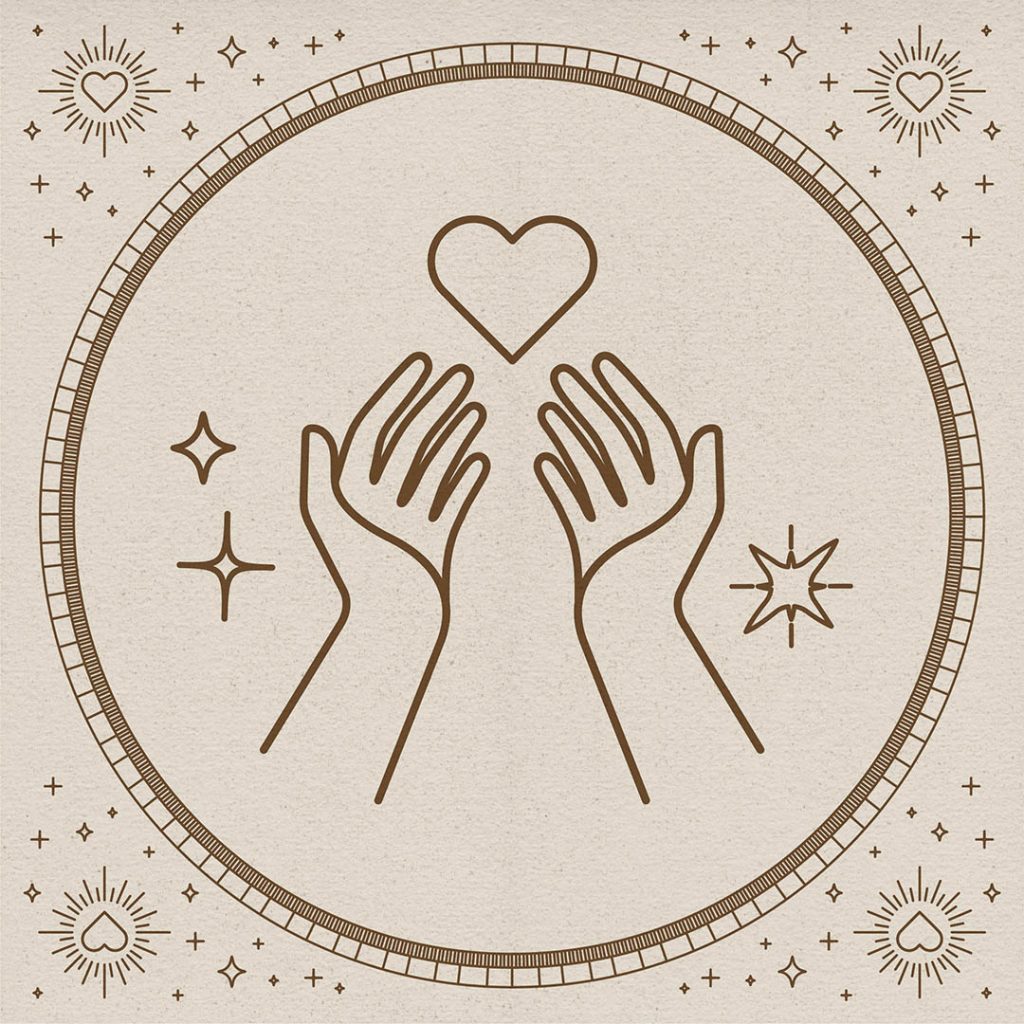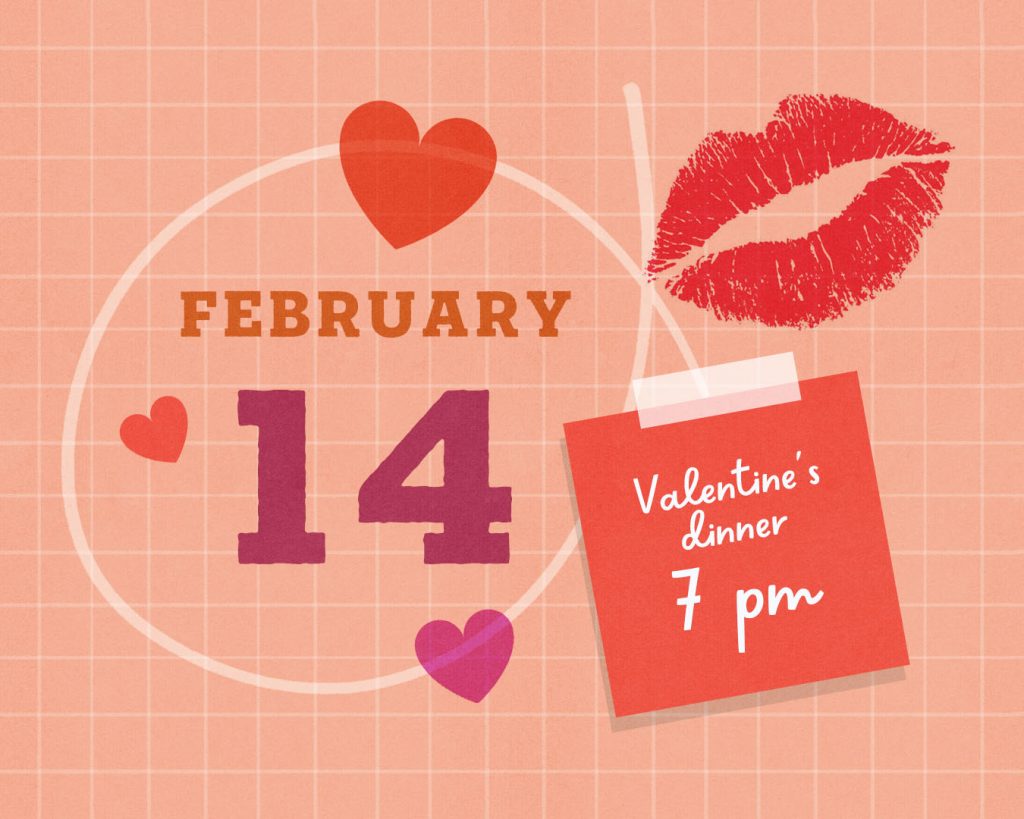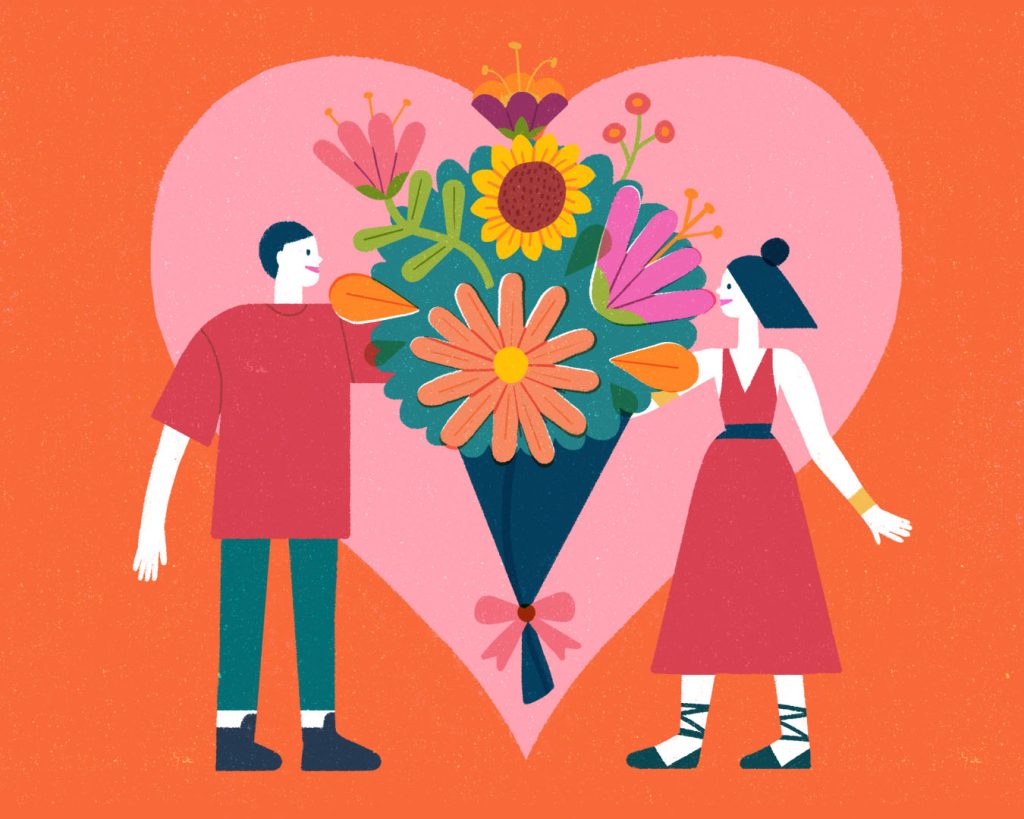Expressing and receiving love can be tricky. When expressing love, you might worry that your gesture doesn’t translate as well as you want it to. When receiving love, the gesture might not be as meaningful to you as another kind of gesture. This is where identifying your primary love language comes in.
The Five Love Languages
According to Dr. Gary Chapman, there are five love languages. These are physical touch, acts of service, giving or receiving gifts, words of affirmation, and quality time. While we may find all languages meaningful, each person has a primary love language.

Physical Touch
Physical touch is a non-verbal love language that’s centered on intimacy. I bet you feel kilig when your partner holds your hand in public. This particular love language is important in building and strengthening relationships. During infancy, touch is the first sense we recognize. Touch helps us communicate as well as send and receive emotional cues. Hugging and laying your head on your partner’s shoulder are other examples of physical touch.

Acts of Service
Acts of service is doing thoughtful and helpful things. Who doesn’t like it when someone does something without being asked? This language is a demonstration of love. If you find it meaningful when someone cooks or runs errands for you, then you value this love language. From a psychological standpoint, people appreciate selfless acts as it activates the reward centers of the brain. That kilig feeling you feel is caused by positive feelings in your brain.

Giving or Receiving Gifts
Giving or receiving gifts is pretty straightforward. The psychology behind this love language is sentimentality. Gift-giving is a way to express affection to another person as it shows that you think about them, that you listen to them, and that you care about them. Whether it be a simple gift that you came across during your course of the day or an exciting gift that you’ve thought about giving for a while, the message stays the same.

Words of Affirmation
If you get kilig hearing things like “I appreciate you” or “I’m proud of you”, your love language might be words of affirmation. Writing or receiving letters is also an example of this. As humans, we like to feel valued and appreciated. When we hear supportive and appreciative comments, our brain functions improve. Our cognitive reasoning increases and our frontal lobes are strengthened, so don’t forget to tell someone that you appreciate them today.

Quality Time
When you love spending meaningful time with someone, then your love language is quality time. Chapman explains this as giving someone your undivided attention. This is important in both romantic and non-romantic relationships since we all crave meaningful connections with others. Spend time with your loved ones, have those heart-to-heart talks, and go on dates.
Speak Your Own Love Language
Of course, you also have to love yourself. The five love languages can be applied to self-love. For physical touch, you can get a massage or work out. Even putting on skincare expresses self-love. For acts of service, do things for yourself that make life easier and more organized. Cleaning your room and keeping a planner are examples of this. For gifts, treat yourself and invest in yourself. For words of affirmation, practice positive self-talk or journaling. For quality time, you can meditate or read.
One can easily resonate with all five love languages. To find out what your primary love language is, you can take this quiz.








